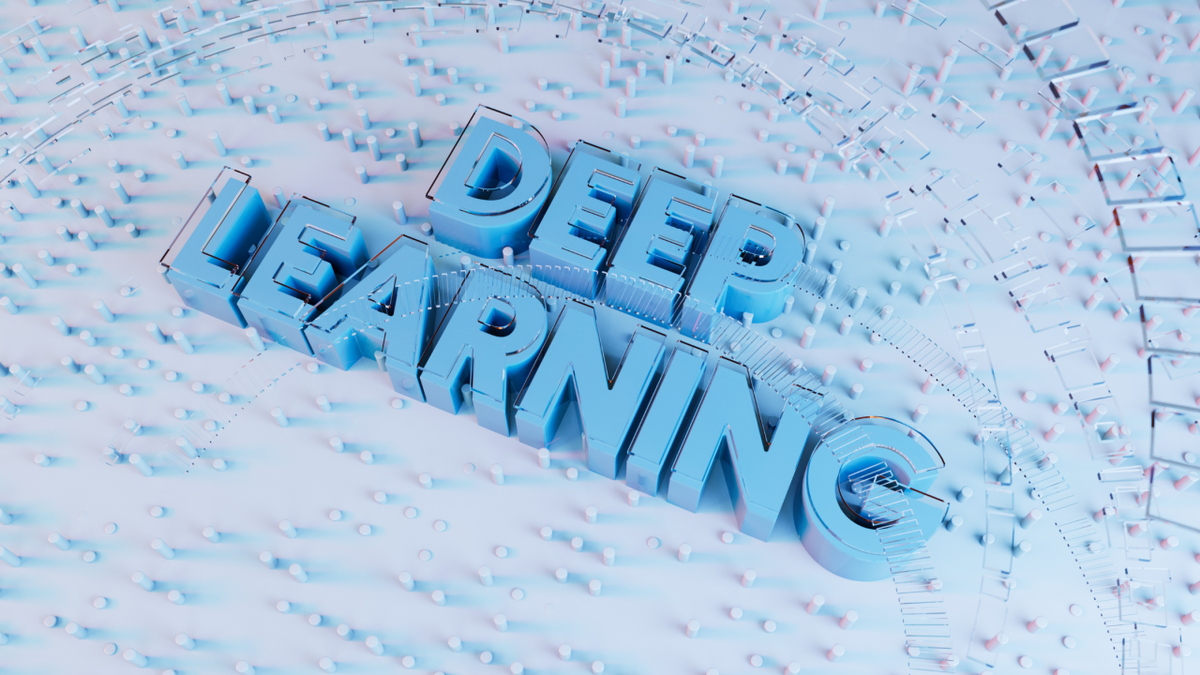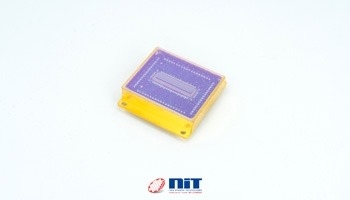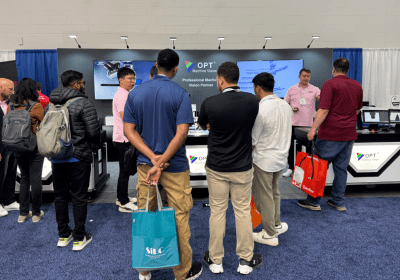Unveiling Deep Learning: Exploring Its Real-World Applications and Overcoming Key Challenges

Machine learning can be subdivided into various areas of which deep learning has become very popular in the recent past.
Realizing the principles of the human brain with Artificial Neural Networks, this technology enables the training of machines to identify patterns and make sound decisions on their own and also ability to learn from its own experiences without the assistance of the human being.
This situation contributes to the development of new applications for deep learning as new problems emerge in industries. However, as useful as deep learning is, machine learning also can point out several obstacles.
This article draws an attempt to look at various areas where deep learning can be used, and navigate around the challenges that accompany it.
What is Deep Learning?
Indeed, deep learning is included into a large number of methods belonging to the machine learning methods based on artificial neural networks.
Such networks are based on layers of nodes, or neurons that are linked just as in the existence of the human brain.
Through multiple layers it takes inputs and through each of the layers the particular features needed to come up with the output are recognized and learned.
Deep learning refers to these structures depending on the number of layers that these networks possess; they go beyond the conventional neural network layers.
Great success has been achieved in applying such models to work with the data and find patterns that cannot be normally recognized with the remedy of customary algorithms.
Use of Deep Learning in Industries
a. Image and Speech Recognition
Among all methods based on deep learning, one of the most well-known usages is in image and speech recognition.
Convolutional neural networks (CNN) and all those categories of deep learning models have significantly transformed how devices analyze image information.
For example, the technology at the center of artificial intelligence is deep learning in facial recognition and objects’ detection in self-driving cars.
The success of Google Photos in categorizing images based on objects or people is a result of deep learning models that can recognize patterns in millions of images (Google Research). https://ai.google/research
In speech recognition, recurrent neural networks (RNNs), and their improved version LSTM networks are used in voice-activated aids like Amazon Alexa and Google Assistant, to translate spoken language input and give accurate output.
b. Natural Language Processing (NLP)
It should also be noted that the enhancement of the deep learning models led also to the progress in natural language processing (NLP), that means that machines can now understand, interpret, and generate human language.
There is one of the biggest improvements in this sector – GPT (Generative Pre-trained Transformer), which was created by OpenAI. https://openai.com
The new version of Gopher is known as GPT-3 which is currently one of the biggest language models with over 175 billion parameters.
It can write essays, answer questions, and summarize texts, translate languages even with minimal human interaction or interference (OpenAI).
Other NLP applications include chatbots, business sentiment analysis systems and machine translation systems such as Google Translate which have been enhanced through the use of deep learning (Google AI: https://ai.google).
c. Autonomous Vehicles
Autonomous vehicle development highly relies on deep learning. Self-driving cars from Tesla and Waymo are employing deep learning algorithms to identify shapes, make decisions in the shortest time possible and actually drive.
These algorithms combine data received from cameras, sensors and LiDARs giving insights about the car and its environment, as well as predicting possible danger (Tesla AI: https://www.tesla.com).
Some of the activities that have been made possible by deep learning include; lane detection, traffic sign recognition, and even pedestrian prediction.
Autonomous driving operates on the fact that deep learning models are capable of learning from large data sets about driving and the more data fed into the models, the more complex they become.
d. Healthcare and Medical Diagnosis
Deep learning has been quite promising in the field of healthcare in fields such as, diagnosis, drug discovery among others.
For instance, deep learning models are applied to radiology to detect diseases including cancer from imaging tests such as X-ray, MRI, CT scans.
Software algorithms created by such firms as Zebra Medical Vision and IBM Watson Health are designed to identify irregularities in medical images which, in some cases, are less precise than human radiologists (IBM Watson Health: https://www.ibm.com/watson-health).
Furthermore, deep learning is also applied in the creation of new drugs. Molecular structures also imply that DL models can forecast the activity of compounds, and the time is shortened in developing new drugs.
It can be also applied to genomics where deep learning is used in analysis of DNA sequences and the prediction of genetic diseases (Nature Genetics: https://www.nature.com/ng).
e. Finance and Fraud Detection
The financial industry has taken deep learning as a tool in fraud identification and credit risk assessment.
Through analysis of the sequential transaction behavior, a deep learning algorithm is capable of identifying suspicious activity and alerting on possible frauds in real time.
Companies like PayPal and other financial institutions are examining thousands of million transactions with the help of Deep learning algorithms to find anomalies which can regularly take place in the economic sphere.
It is also applied to train stock price forecast and high-frequency trading systems: deep learning utilizes historical data to make its trading decisions.
f. Entertainment and Content Generation
Recommendation systems have been a beneficiary of Deep learning services most especially in the entertainment industry.
Companies for instance, Netflix and Spotify employ deep learning to identify user habits and patterns and recommend the best movies, or songs respectively (Netflix Technology Blog: https://netflixtechblog.com).
Furthermore, the application of deep learning is incorporated in the generation of arts, music and even complete video games.
Sites like DeepArt and JukeDeck allow users to generate a new picture or song based on deep learning on an existing database of images.
Challenges of Deep Learning
Nonetheless, deep learning has faced the following challenges that hold back the technology from massive implementation and best utilization.
a. Data Requirements
Deep learning is one of the biggest data consumers in the field of machine learning because of its large requirement of labeled data. In deep learning, many models are dependent on large data inputs to reinforce their working and overall precision, which takes much time and money to fashion.
For instance, in medical images, the collection of labeled data for training is a beautiful problem since labeling the data entails the efforts of radiologists, which could be difficult to come by at times. https://www.healthcareitnews.com
b. Computational Power
Training deep learning models is much computationally extensive.
These models need specific resources like Graphic Processing Units (GPUs) or Tensor Processing Units (TPUs) and they can utilize many data packets at the same time.
Unfortunately, the big costs of procuring and supporting these devices render deep learning out of reach for middle- and low-capacity firms or organizations (NVIDIA: https://www.nvidia.com).
Furthermore, the establishment of deep learning models requires a substantial quantity of time to train.
For instance, it takes weeks to train big models such as GPT-3 and uses vast amounts of power making deep learning research very costly to the environment (MIT Technology Review: https://www.technologyreview.com).
c. Interpretability and Transparency
The other drawback is that deep learning models are opaque; people are unable to discern how these models make outcomes.
Although these models can make very precise predictions as to how one thing relates to another, precisely why this is so is not easy to fathom.
This makes it difficult to explain the results and build confidence in the model, particularly where prediction results are critical, as in medical diagnosis or self-driving cars (Harvard Data Science Review).
There are attempts to improve the interpretation of DNNs by using explainability studies, such as explainable AI (XAI) which aims at rendering the decisions made by AI systems more comprehensible to human beings.
Nevertheless, complete transparency has not been fully attained yet.
d. Generalization and Overfitting
The model appears to oversimplify the data by providing an overly generalized result.
Overfitting is something which happens in deep learning models; it fits well to the training data but doesn’t perform well on the new data.
When a model captures the noise and other specific characteristics of the training set it provides poor results in practice that is overfitting.
This is particularly vicious when the data applied in training is not capable of capturing all the differing reality situations (https://towardsdatascience.com).
Increasing the model’s ability to generalize is always a work in progress although many authors seek to minimize overfitting by currently using regularization and data augmentation.
e. Ethical Concerns and Bias
Recent research has shown that deep learning models are vulnerable to mimicking bias that its training data contains.
For instance, it was discovered that facial recognition technologies perform poorly on people of color and women disproportionately, thereby calling into equity.
To address these biases, it is necessary to ensure that deep learning models are trained with more diverse datasets.
Additionally, evaluating deep learning is anchored with ethical dilemmas such as privacy when it is used in surveillance and data gathering.
Due to the tremendous volume of data which is needed for training these models, it is often underpinned with a mass of sensitive data making privacy protection paramount.
The Future of Deep Learning
The future of deep learning therefore appears to be bright, and present lines of work such as transfer learning, reinforcement learning, and unsupervised learning look well positioned to mitigate present difficulties.
Zero shot learning enables models to be trained initially in one function and then applied in a related but different function, sparing the need for huge datasets and computations.
This approach is particularly effective if the amount of labeled data is limited, for instance in life sciences.
In reinforcement learning these models are trained by trial and error where they can actually learn from their mistakes.
This technique has been successfully applied, for instance, in robotics and gaming since the model aims at making decisions on the basis of potential rewards or penalties (DeepMind: https://deepmind.com).
Since unsupervised learning is cost-effective when performed on unlabelled data, it also cuts down the dependence on individually annotated sets of data.
At present, unsupervised learning is relatively unexplored but is quite promising for industries that find it difficult to acquire large labeled datasets.
For instance, there is a necessity for a doctor expert association when diagnosing a disease in healthcare and medicine, it is also costly and takes a lot of time but with unsupervised learning, we can be able to train our models using masses of raw data without consulting a doctor.
This could result in better diagnostics that can find patterns of meaning in the mass of information without the preconceived type of classification. https://www.nature.com/nrd
Conclusion
Some examples of deep learning in application across many different fields include; Healthcare, finance, automobiles, entertainment among others.
The trait that has allowed it to make complex visions and patterns about data also includes increased ability to automate, predict, and decide.
Nevertheless, deep learning has some challenges that must be resolved for it to be applicable across most industries presently or in the future.
It is with such concerns that we must advance deep learning research to be able to generate substantial datasets, powerful computations, interpretability and fairness.
That being so, with transfers learning, reinforcement learning, as well as unsupervised learning being some of the developing research areas that hold solutions to these problems.
It may be seen that deep learning has a promising future of developing more efficient, adaptive, automated systems for enhancing problem solving in various sectors.
If current constraints are resolved, deep learning will become even more revolutionary and open new opportunities that were only seen in movies in the future.
It is also clear that deep learning is still one of the key areas of artificial intelligence, and therefore, it is equally important to understand its opportunities and risks for those industries that decided to use the potential of deep learning in their work.
The way forward is not only the development of the technology interface or improving the model as such but also the manner in which the technology, afterwards, is applied to the benefit of the broader population.













Leave a Reply